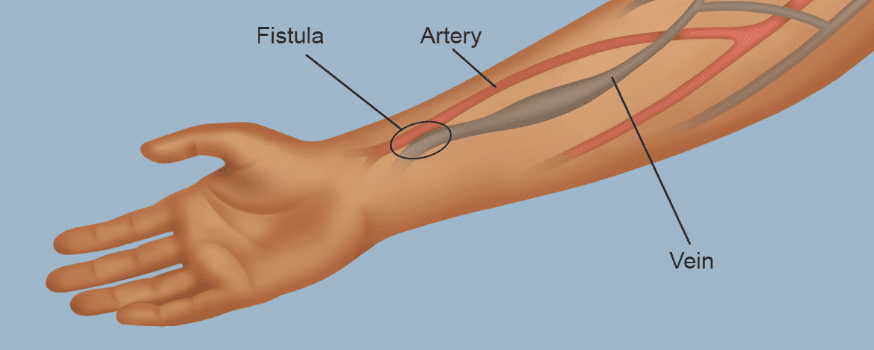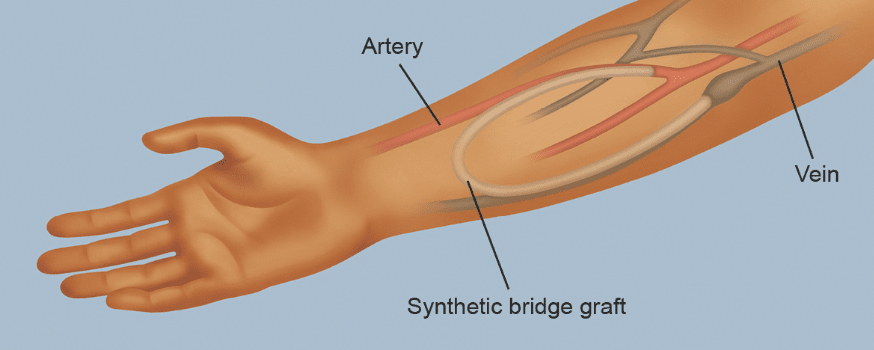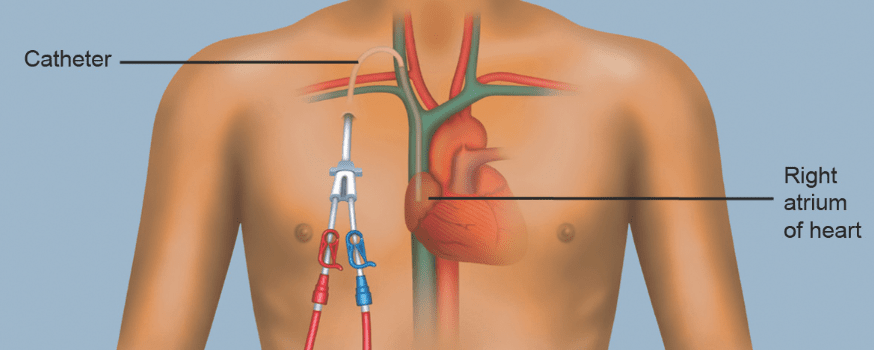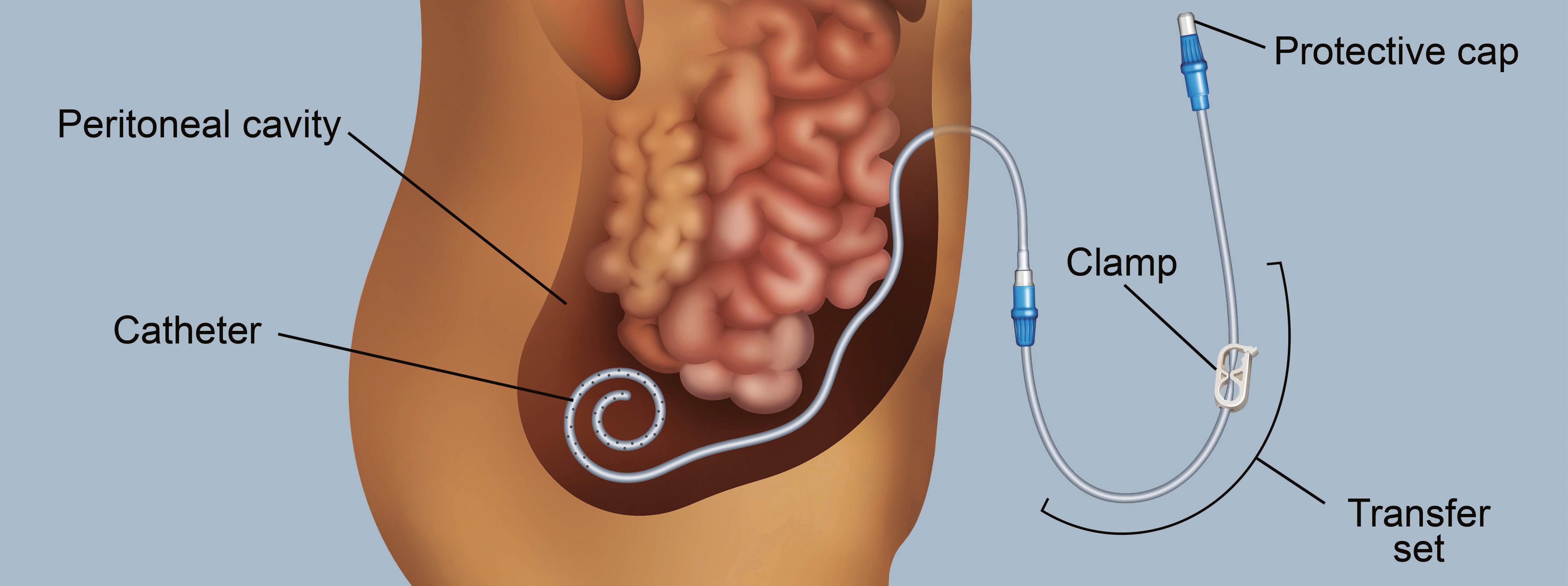Arteriovenous (AV) fistula

What it is
Healing time required before use
Which type(s) of dialysis it’s used for
Key considerations
Graft

What it is
Healing time required before use
Which type(s) of dialysis it’s used for
Key considerations
Hemodialysis catheter

What it is
Healing time required before use
Which type(s) of dialysis it’s used for
Key considerations
Peritoneal dialysis catheter

What it is
Healing time required before use
Which type(s) of dialysis it’s used for
Key considerations

.jpg)
